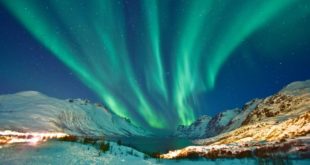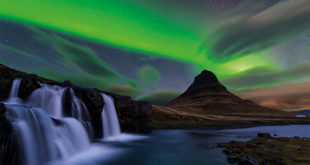Straumar info site recommends you to explore Iceland (“land of ice”), an island state in the North Atlantic Ocean, located between Greenland and Norway, northwest of the Faroe Islands. It is located on the Mid-Atlantic Ridge separating the Eurasian and North American tectonic plates and therefore has many volcanoes. Geographically closer to the American continent due to its proximity to Greenland, the country is culturally and historically linked to Europe.
A bit of history
Iceland was only discovered by the Vikings in the 9th century, although it was probably known before that time. From 874 it began to be populated, mainly by Norwegian settlers fleeing the conflicts in their country. In 930, many leaders, who had until then been masters of their own clan, decided to create an assembly, the Althing, the oldest Parliament in the world. This was followed by a period of independence between the 10th and 13th centuries, known mainly through the sagas.
It was not until the mid-19th century that a real revival began, marked first by the struggle for independence inspired by the continental revolutions, such as the July revolution in France. As a result of this movement, the Althing was restored and the island received a status which guaranteed it greater autonomy. The island officially became independent on 1 December 1918, although retaining the same king as Denmark. For many more Iceland tourist destination you can always contact Straumar Online.
What to see in Iceland?
Dingvellir
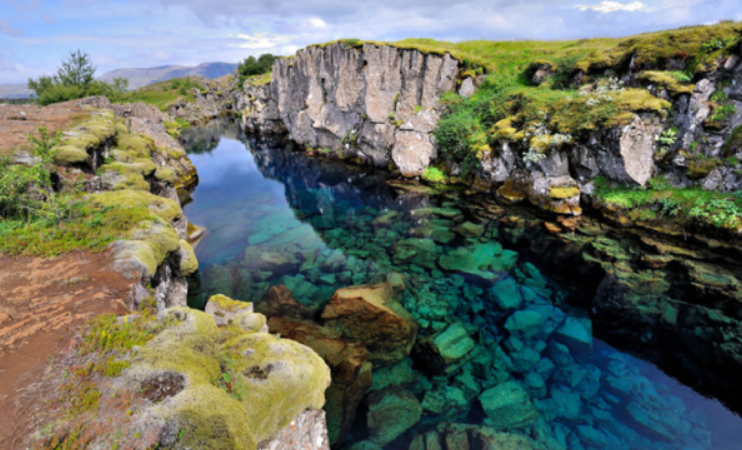
Is a historical site and National Park of Iceland, east of Reykjavík. It is known for the Alþing (Althing), the place where the Icelandic Parliament was held from the 10th to the 18th century.
The Church of Þingvellir and the ruins of ancient stone shelters are also located there. The park is located in a rift Valley due to the separation of 2 tectonic plates, with rocky cliffs and cracks like the huge fault of the Almannagjá.
Jökulsárlón

It is a glacial lagoon on the edge of Vatnajökull national Park in the south-east of Iceland. Its peaceful blue waters are dotted with icebergs from the surrounding Breiðamerkurjökull glacier, which forms part of the larger vatnajökull glacier. The lagoon flows through a small channel to the Atlantic Ocean, leaving pieces of ice on a black sand beach. In winter, the fish lagoon hosts hundreds of seals.
Geyser

The Icelandic geyser which gave its name to all the others, and whose term comes from the Icelandic verb gjósa meaning ” gushing “. It is located in the geothermal field of Geysir, a set of hot springs including another geyser, Strokkur.
Hallgrimskirkja Church
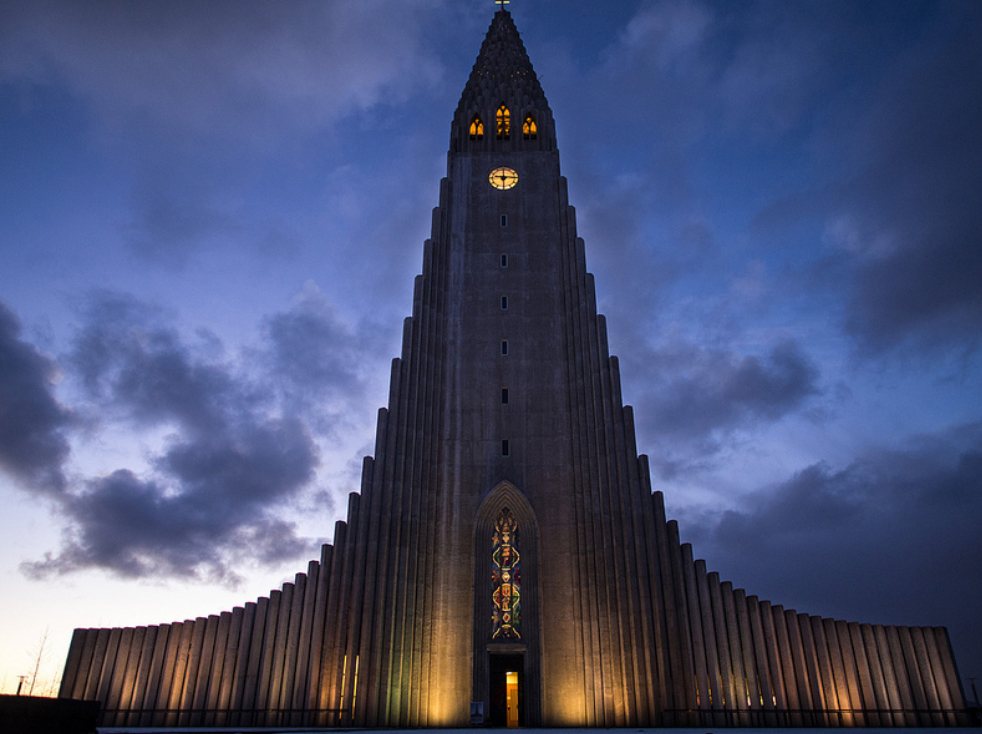
Is a Lutheran Church (Evangelical-Lutheran Church of Iceland) located in the south-east of downtown Reykjavik, Iceland. The architecture is impressive it is to see !
What to do in Iceland?
It’s for you jocks
For sports fans here for you adventure point to your trip by hiking on many icy or non-icy mountains.
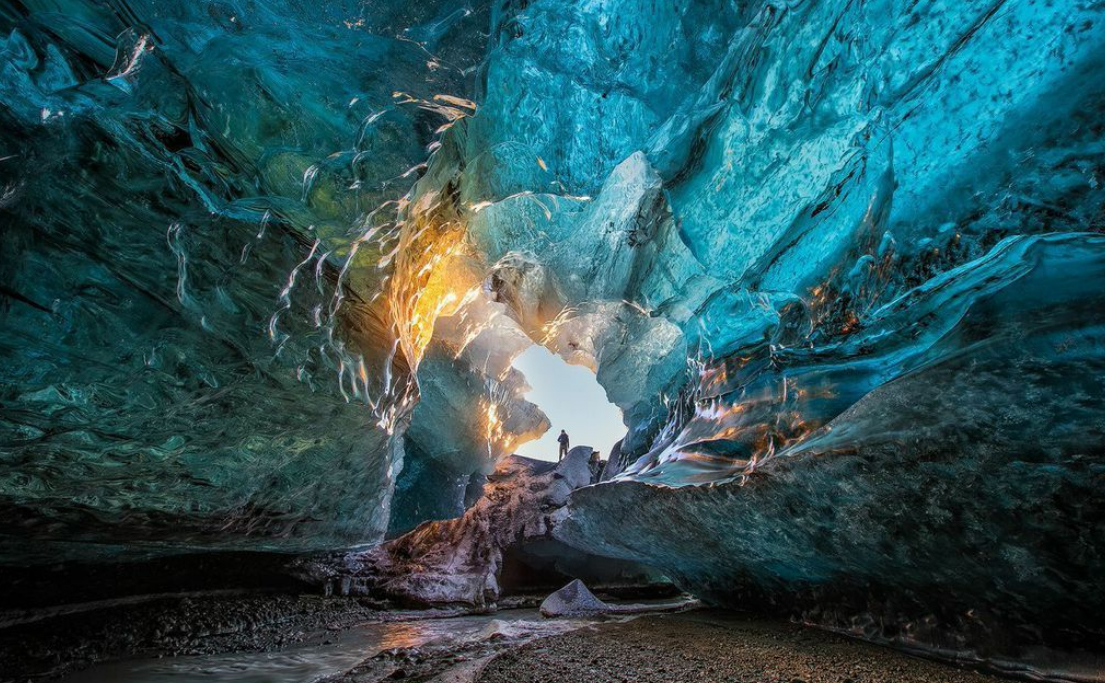
You can find many excursions on glaciers supervised by experienced guides. You can then enjoy a unique experience of walking on a glacier with piolet and crampons but also of seeing exceptional ice formations such as crevasses, natural ice sculptures, ice canyons made of white, blue and black ice. For those who are a little afraid of the ice, come and admire the unique landscapes!
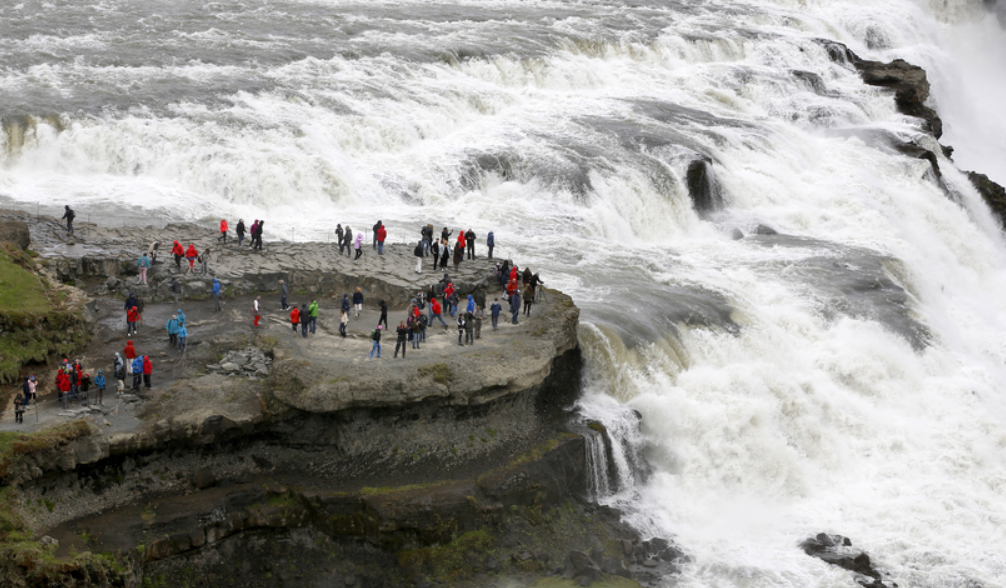
You can also visit an ice cave or ice cave in Iceland. They naturally form under the glacier in winter and are accessible only with a guide. The ice caves vary in shape and size depending on the weather conditions but are of an intense blue color ! Remember to dress warmly and have Hiking Shoes to reach the exit.
Holidays in Iceland
Thorrablot: from 19 to 26 January
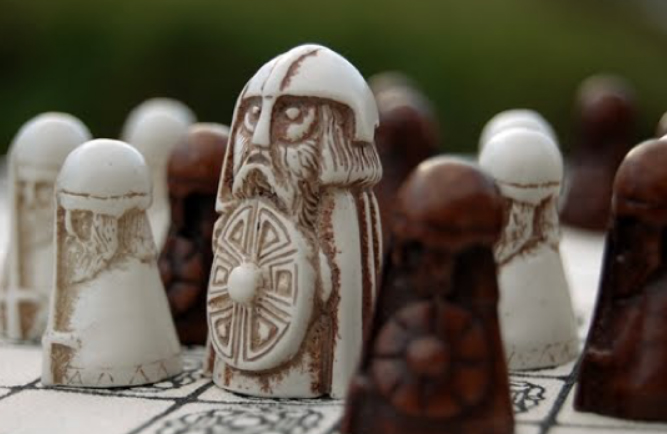
It’s a viking festival. As much celebrated at home and in restaurants, for a month you enjoy traditional Viking dishes. A particularly lively party : singing, dancing, drinking (brennivin, an Icelandic schnapps)… and of course, you eat traditional viking food.
Fat Tuesday, Bolladagur and ash Wednesday but bellevue park
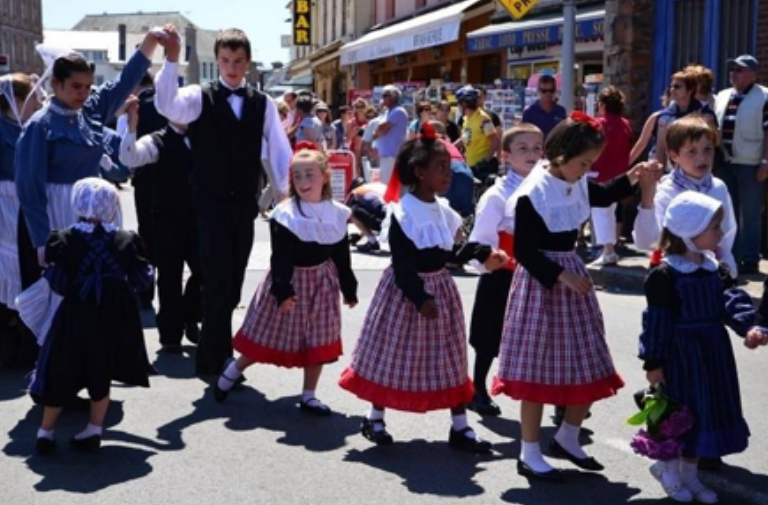
On the eve of Mardi gras, called Sprengidagur or “cabbage Monday”, we are filled with salted meat, peas and cabbages (March 4, 2019).
On Mardi gras (Bolludagur) (March 5, 2019), you can enjoy pea soups, salted sheep, pastries: donuts, brioches, bolluvondur (sticks made of cabbage paste), bollur (cabbages filled with cream))…
On Ash Wednesday (Öskudagur) (March 6, 2019), children in disguise go around the shops asking for sweets and singing. They surreptitiously attach small bags of ash to clothing to make pranks. It’s an Icelandic version of Halloween. Find out more about what to do in Iceland.
What Are you going to eat in Iceland?
Icelandic kitchen is not well known outside its borders, despite a wide variety of sweet and savoury dishes, each one as appetizing as the next. Rustic, simple and generous, it is a traditional cuisine that captivates us with its authentic flavors.
The main product of Icelandic cuisine is fish. Salmon, herring, cod, shark are some of the local specialities. The Lamb cooked in a thousand ways, in stew. soup or roast, is the star meat of this country with a strong identity.
Sea fish
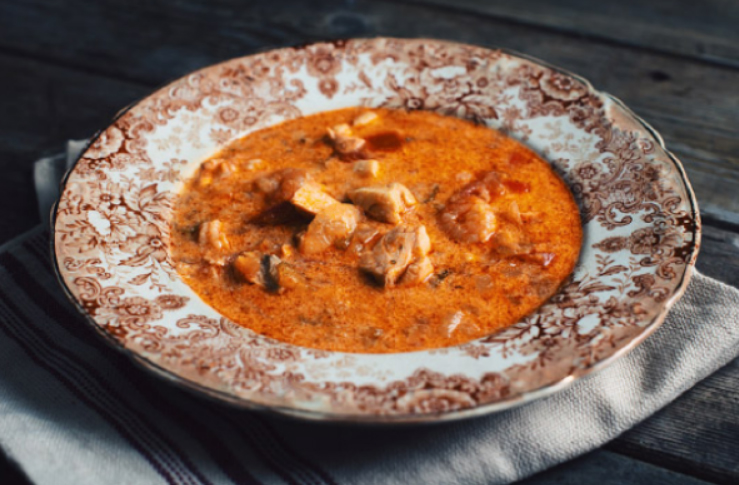
Ýsa (haddock), þorskur (cod) and steinbítur (Atlantic Wolff) are prepared in fillets rolled in the breadcrumbs and cooked in a frying pan.
Others such as síld (herring) are prepared in marinade and are eaten on rúgbrauð spreads, the flavour of which is reminiscent of Gingerbread.
These fish also prepare as harðfískur, dried fillets.
Lax (salmon), silungur (trout) or bleikja (Arctic char) are cooked on the embers, prepared in papillotes.
Meat

Iceland is the land of sheep. He’s really good.
Lambalæri (leg of lamb) accompanied by rabarbarasulta (rhubarb jam) and small caramelized potatoes, natural or pickled sneiðar (leg of lamb sliced with bone), birkireykt hangikjöt (a piece of lamb smoked with birch wood) accompanied by red cabbage, small peas and potatoes topped with béchamel sauce, during the Christmas holidays, or saltkjöt með baunum, meat of salted sheep served in a soup of Split peas, rutabagas, potatoes, onions and carrots, to celebrate spring.
Desert
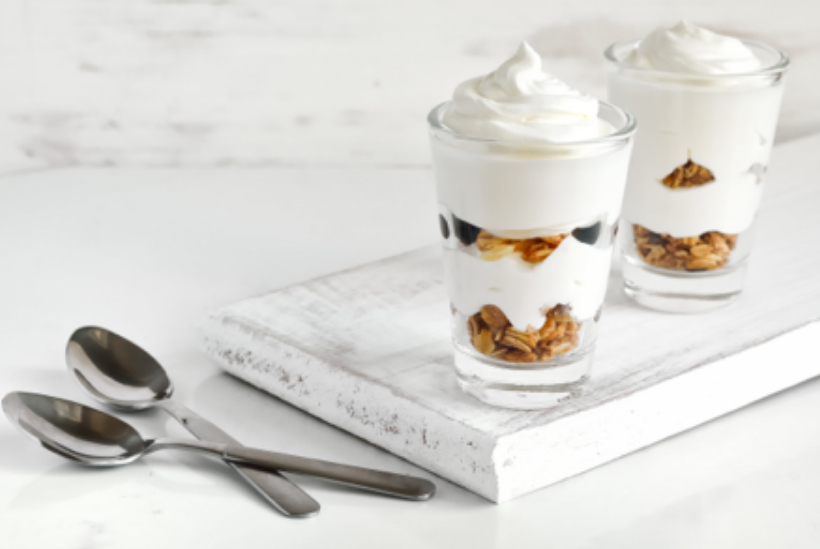
The skyr is a traditional dessert based on fresh cheese beaten with milk with fruit coulis or sugar, and the súrmjólk is a liquid yogurt widely used with breakfast cereal.
 Straumar Info Site Iceland Tourism Information
Straumar Info Site Iceland Tourism Information

